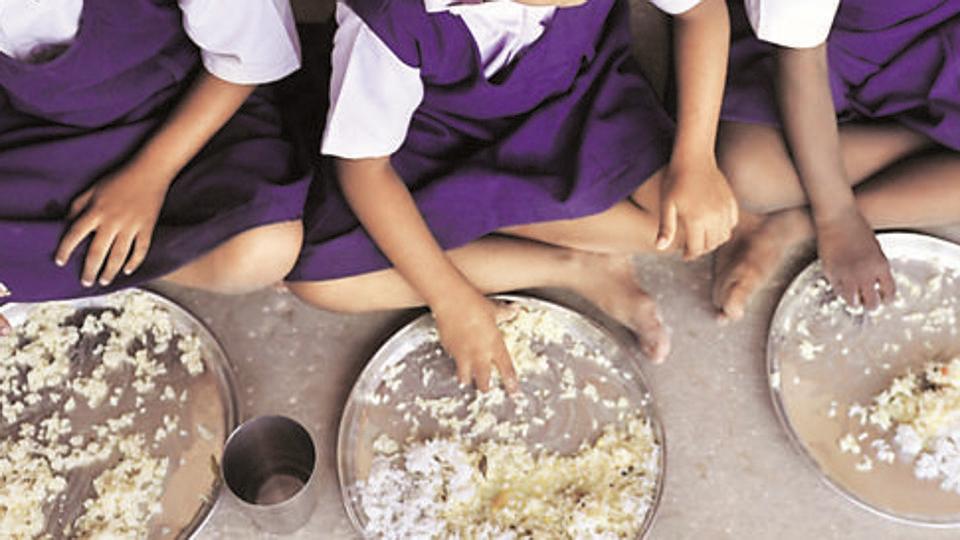prasad1
Active member
In the national health index released by NITI Aayog in 2019, Rajasthan has emerged as one of the top two states, which is making the most progress on healthcare indicators between 2015-16 and 2017-18. This assessment is based on strides on many indicators, that include reduced death-rates of newborns and children under five years of age, a falling share of low-birthweight babies, a surge in immunisation rates, and percentage of babies born in hospitals rather than homes. All these indicators have one thing in common - improvement in child health.
There is another area, where emerging evidence, though still in early stages, is showing that Rajasthan is scripting a success-story---in healing its children who are found severely malnourished. Children suffering from severe acute malnutrition (SAM) are eleven times likely to die, and lack immunity towards infection and diseases.
In attempting to cure children suffering from SAM, Rajasthan took the help of an approach that the world had learnt from humanitarian emergencies of Africa in 2000 -- called Community-based Management of Acute Malnutrition (CMAM). Once found effective in managing SAM children, it was adopted as a standard approach by the United Nation (UN) agencies in 2007 in emergency and developmental contexts. Two years later, Médecins sans Frontières, an international humanitarian agency, partnered with the Bihar government, to use this as an emergency response to manage SAM children in Bihar during Kosi floods, and found a dramatic recovery rate of 88.4%. Since then, this evidence-based decentralised approach of CMAM has been implemented in more than 70 countries to manage and treat children under five with acute malnutrition.

 www.hindustantimes.com
www.hindustantimes.com
There is another area, where emerging evidence, though still in early stages, is showing that Rajasthan is scripting a success-story---in healing its children who are found severely malnourished. Children suffering from severe acute malnutrition (SAM) are eleven times likely to die, and lack immunity towards infection and diseases.
In attempting to cure children suffering from SAM, Rajasthan took the help of an approach that the world had learnt from humanitarian emergencies of Africa in 2000 -- called Community-based Management of Acute Malnutrition (CMAM). Once found effective in managing SAM children, it was adopted as a standard approach by the United Nation (UN) agencies in 2007 in emergency and developmental contexts. Two years later, Médecins sans Frontières, an international humanitarian agency, partnered with the Bihar government, to use this as an emergency response to manage SAM children in Bihar during Kosi floods, and found a dramatic recovery rate of 88.4%. Since then, this evidence-based decentralised approach of CMAM has been implemented in more than 70 countries to manage and treat children under five with acute malnutrition.

Combating severe malnutrition: Lessons from Rajasthan
It is the urgent need of the hour that we create a formal mechanism to measure and share the evidence from all states so that we can learn from each other and give a future of health to our children
